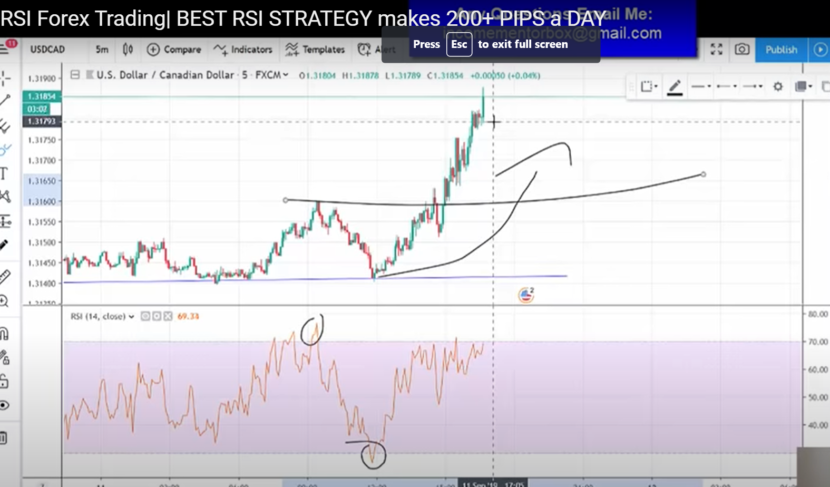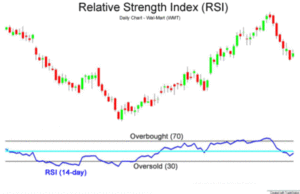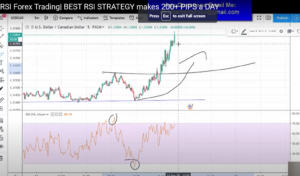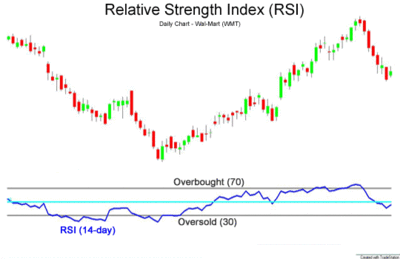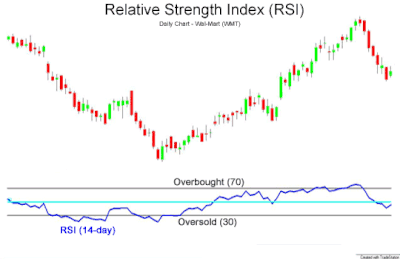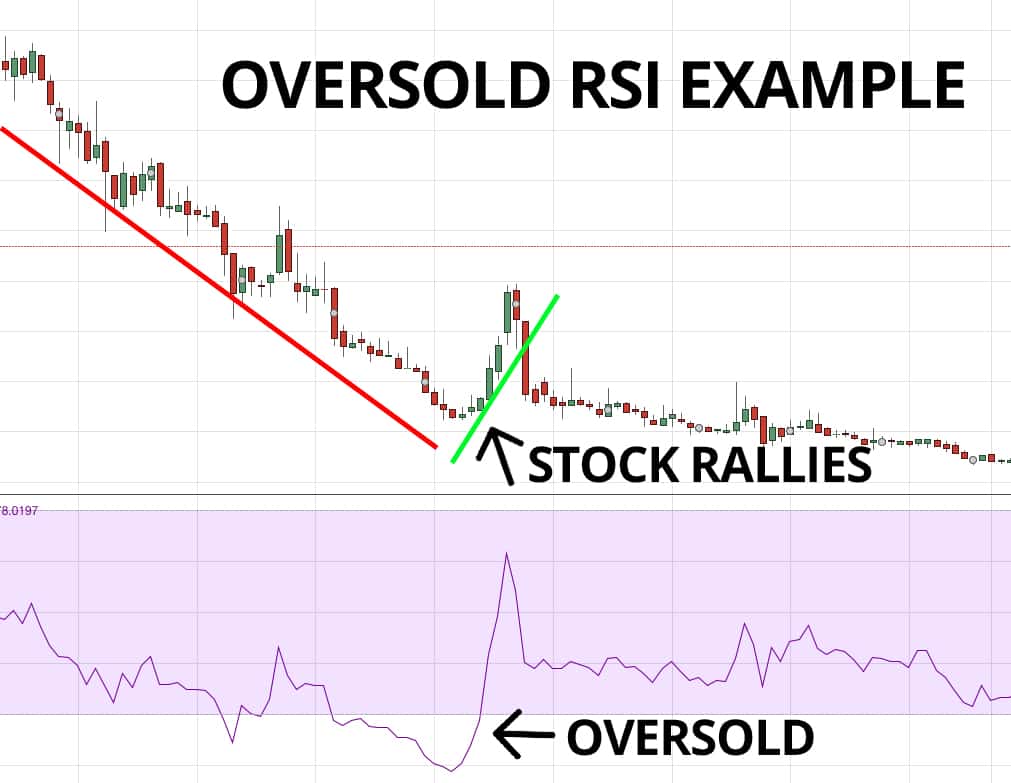RSI Indicator for Newbies
RSI Indicator for Newbies
If you are planning to become a proficient Forex trader, then something that you need to know all about are indicators. Indicators are the most important tools used in trading Forex, stocks, crypto, and everything in between. One of the most important indicators for you to know is the RSI or Relative Strength Index.
For those of you who don’t know, indicators are the cornerstone of technical price analysis. In other words, indicators provide you with important information about past and current price movements. This should of course provide you with a good idea of what price movements in the near future look like. There are four types of indicators out there. These are trend, momentum, volatility, and volume indicators.
Momentum indicators are some of the most popular and useful, which is what the RSI or relative strength index is. What we want to do today is to provide you with some basic information on what the RSI is, how to use it, what it tells you, and more. Let’s get to it and help you trade using the relative strength index.
What is the RSI?
Ok, so as we have established by now, RSI stands for relative strength index. This is a special type of indicator that was first developed by J. Welles Wilder Jr, who then introduced it to the world in his 1978 book, New Concepts in Technical Trading Systems. Since then, it has quickly become a super popular technical analysis indicator, and for good reason, because it works.
Now, in terms of the four indicator types, the RSI or relative strength index, is a momentum indicator. In other words, it measures how strong or momentous recent price changes were. This is them used to see if a stock or other asset is overbought or oversold. Of course, if something is overbought or oversold, it provides you with valuable information on how to place a trade.
What you also need to know is that the RSI or relative strength index is displayed as an oscillator. This means that it moves or oscillates between values ranging from 0 to 100. It can therefore provide you with valuable information about the bullish or bearish momentum of an asset.
How to Interpret the Relative Strength Index
Now that you know what the RSI is and what it tells you, it’s also important for you to know how to interpret and read the relative strength index. Of course, if you cannot interpret what you see, then you cannot use it to place profitable trades. In order to use the relative strength index properly, there are just a few important things that you need to know.
So, when the RSI goes past the horizontal 30 level, it is generally a bullish sign, and when it goes below the 70 reference level, it is generally a bearish sign. To put it in simpler terms, if the RSI provides you with a reading of 30 or below, it is an indication that an asset is oversold and/or undervalued. When the relative strength index provides you with a reading of 70 or above, then an asset is becoming overvalued and/or overbought.
VISIT ANDREW’S TRADING CHANNEL
What you also need to know is that during a trend, the RSI can fall into a range or band. When there is an uptrend going on, the relative strength index will stay above 30 and should hit 70 quite often. If there is a downtrend in the works, the RSI should usually never exceed 70, and will often hit the 30 mark, or well below 30.
To provide you with an example, if there is a downtrend, and you see that the RSI does not reach 30 or below, and then also rallies at 70 or higher, it means that a downtrend has weakened and will likely reverse into an uptrend. The exact opposite is the case with an uptrend. Keep in mind that using both moving averages and trend lines is important when using the relative strength index indicator in this manner.
Drawbacks of the RSI
Just like any and every indicator out there, the RSI does also have some limitations that you will be faced with. The biggest issue with the relative strength index is that it can be difficult to separate false alarms and true reversal signals. To provide you with an example, a bullish crossover followed by a sudden decline in stock is a false signal.
What you also need to be aware of is that since this is a momentum indicator, it can stay in the oversold or overbought positions for quite some time after an asset has already achieved significant momentum in the opposite direction. For this reason, the RSI is usually the most useful in an oscillating market where an asset is alternative between bearish and bullish price movements.
Using the Relative Strength Index to Place Trades
Alright, so the fact of the matter is that there are many ways to trade with the RSI. Moreover, there are also many other indicators that you can use along with it. Now, we do really recommend watching the tutorial video that we have included here, because it provides you with perfect guidelines on how to use the RSI.
That said, the most important takeaway from this video is that you want to use support and resistance along with the relative strength index. This will help prevent false reversal signals from occurring, and it will also help you spot those reversal much easier.
For instance, if you see that an asset is undersold at the 30 line on the RSI, then you also want to look for major support lines. These support lines will indicate that a trend reversal is on the horizon and that an uptrend could soon begin. The same goes in the other direction.
Trading with the RSI – Final Thoughts
There you have it people, all of the basics that you need to know about this awesome RSI indicator. We definitely recommend watching all of the videos that we have included here today. Andrew does a great job at explaining exactly how to use the RSI indicator in a variety of ways.
If you need help day trading, and what you need is a comprehensive education, particularly on Forex trading, then the best place to be is the Income Mentor Box Day Trading Academy. At this time, the IMB Academy is the most comprehensive, user friendly, effective, and affordable Forex trading school out there.
